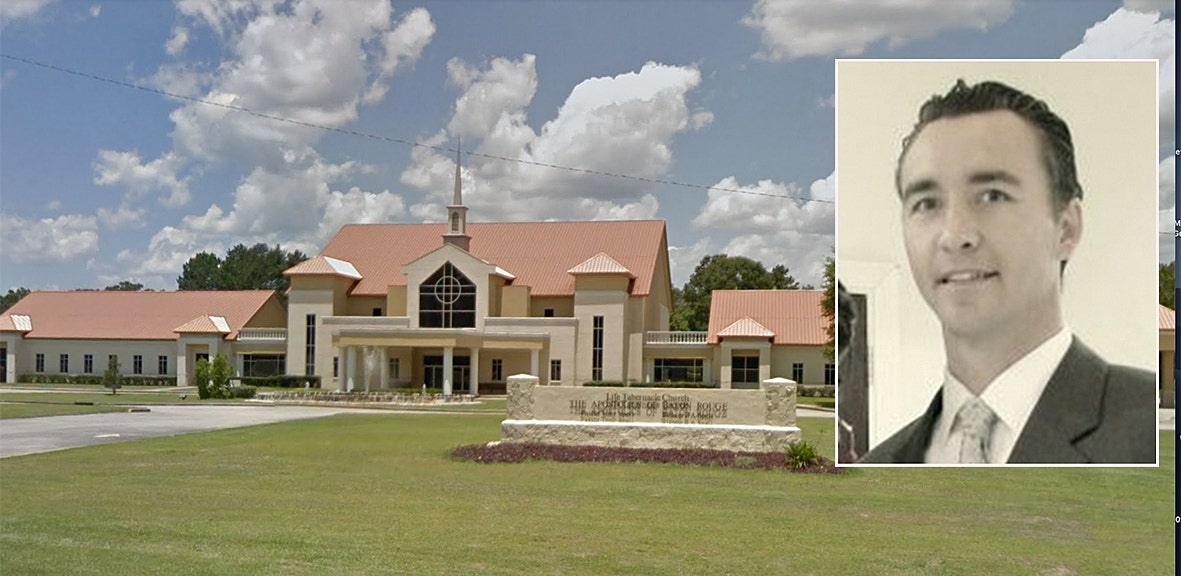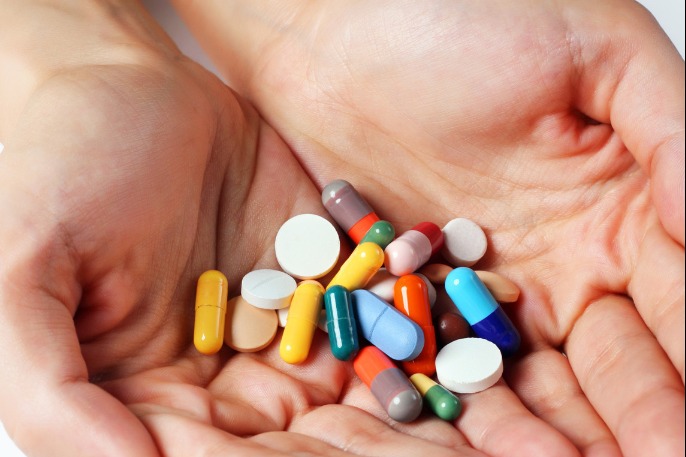BREAKING: President Trump orders FDA to IMMEDIATELY prepare and make available doses of chloroquine and it's sister drug hydroxychloroquine to treat COVID-19 patients. These drugs have demonstrated over 100% efficiency to remove the virus from patients within six days of the regimen, from testing done in China, South Korea, and France. Trump is also tackling the economic and social ramifications of the outbreak with a purely results-motivated procedure.
More at link:
President Trump announced Thursday that the Food and Drug Administration (FDA) is making experimental drugs -- including those used for treating malaria -- available as part of the ongoing effort to tackle the spread of the coronavirus.

www.foxnews.com
Lots of hot air ,noise and grandstanding and not necessary the truth that is more or less the Trump norm.
'
'The drug, chloroquine, hasn’t yet been approved for treatment of Covid-19, the disease caused by the new coronavirus.
While it’s been available for decades for malaria, it’s not clear whether it will work against the new illness. A March 10 review of existing research found that there’s little solid proof one way or the other.
“Normally the FDA would take a long time to approve something like that, and it’s -- it was approved very, very quickly and it’s now approved by prescription,” Trump said.
An FDA spokesperson said the drug had not been approved for use in Covid-19 patients. However, U.S. doctors are legally able to prescribe a drug for any illness or condition they think is medically appropriate.
BS on drugs .everyone is now using similar drugs for Malaria and HIV but only on hospitaised patients as these might have some positive effect when out of other options,but none are even remotely 100% effective let alone in 6 days they just slighty reduce the severity if they work at all. By the way these drugs have been around since WW2
January 23rd pharma jacked up the price for these same drugs some
98% to 7,66$ for 250g and 19,88$ for 500mg you can bet in anticipation of the payday that would roll their way a month or two later.
Gregory Poland is a professor of medicine and infectious diseases at the Mayo Clinic. He's the director of the Mayo Clinic's Vaccine research group.
"I would urge us to take these with a grain of salt," he tells Inverse regarding the hype around chloroquine as a treatment for COVID-19. "Until randomized clinical trials are published we can't tell if it's anecdote. Is it due to some unforeseen or improbable set of circumstances?"
"The medical literature is littered with tens of thousands of case reports like this where there is a claim of efficacy only to fall apart when randomized clinical trials are done."
The 'anecdote' is beiing pedled by a lawyer
Gregory Rigano that is bussy runing his mouth at Fox News about chloroquine as a COVID-19 treatment.
My shooting partner is still in hospital for Covid19 infection and inflamation now moved down into the lungs they have been using these type of drugs and drugs similar to ones used to treat HIV all the time and he is allready 10 days into the whole ordeal and no end not jet in sight. He is 60y old doesn't smoke ,is quite fit for his age .
Italians would not be counting 427 bodies in a day if these drugs were more than marginaly effective
- ITALY DEATH TOLL FROM CORONAVIRUS OUTBREAK RISES 427 TO 3,405, OVERTAKING CHINESE DEATH TOLL - OFFICIAL TOTAL
- NUMBER OF CONFIRMED CASES OF CORONAVIRUS IN ITALY RISES TO 41,035 FROM 35,713 ON WEDNESDAY - OFFICIAL

 www.foxnews.com
www.foxnews.com










